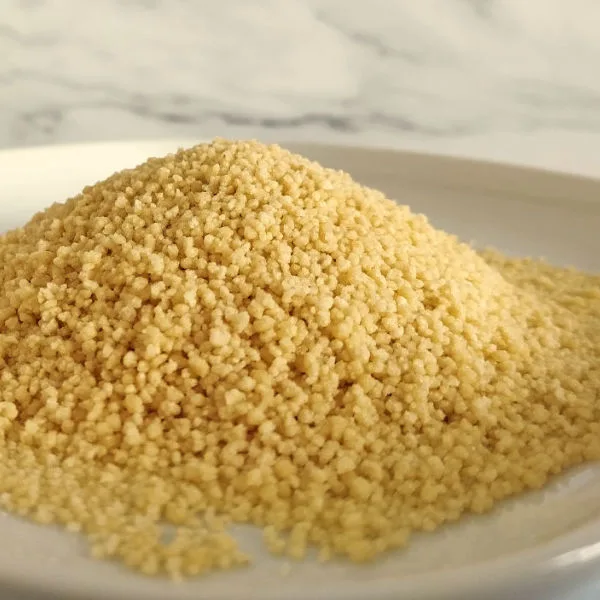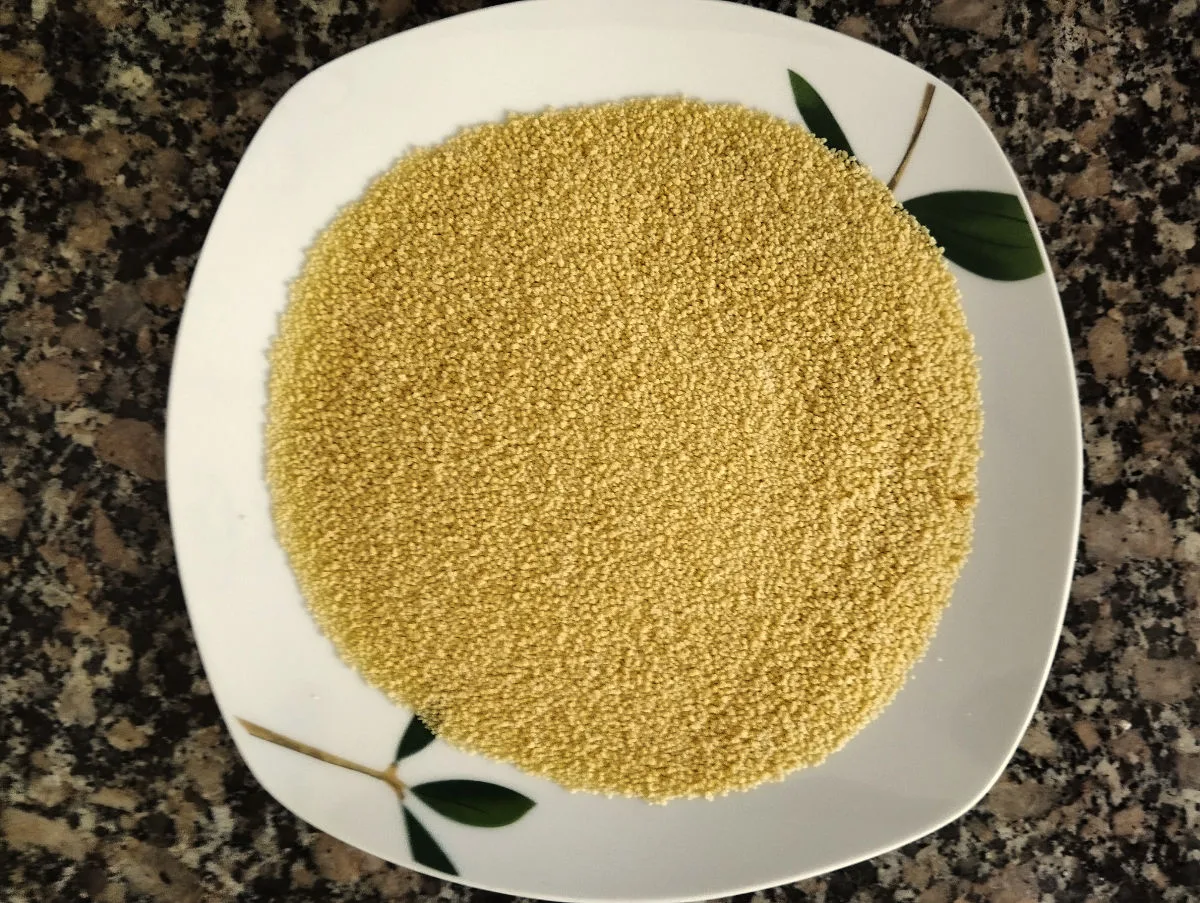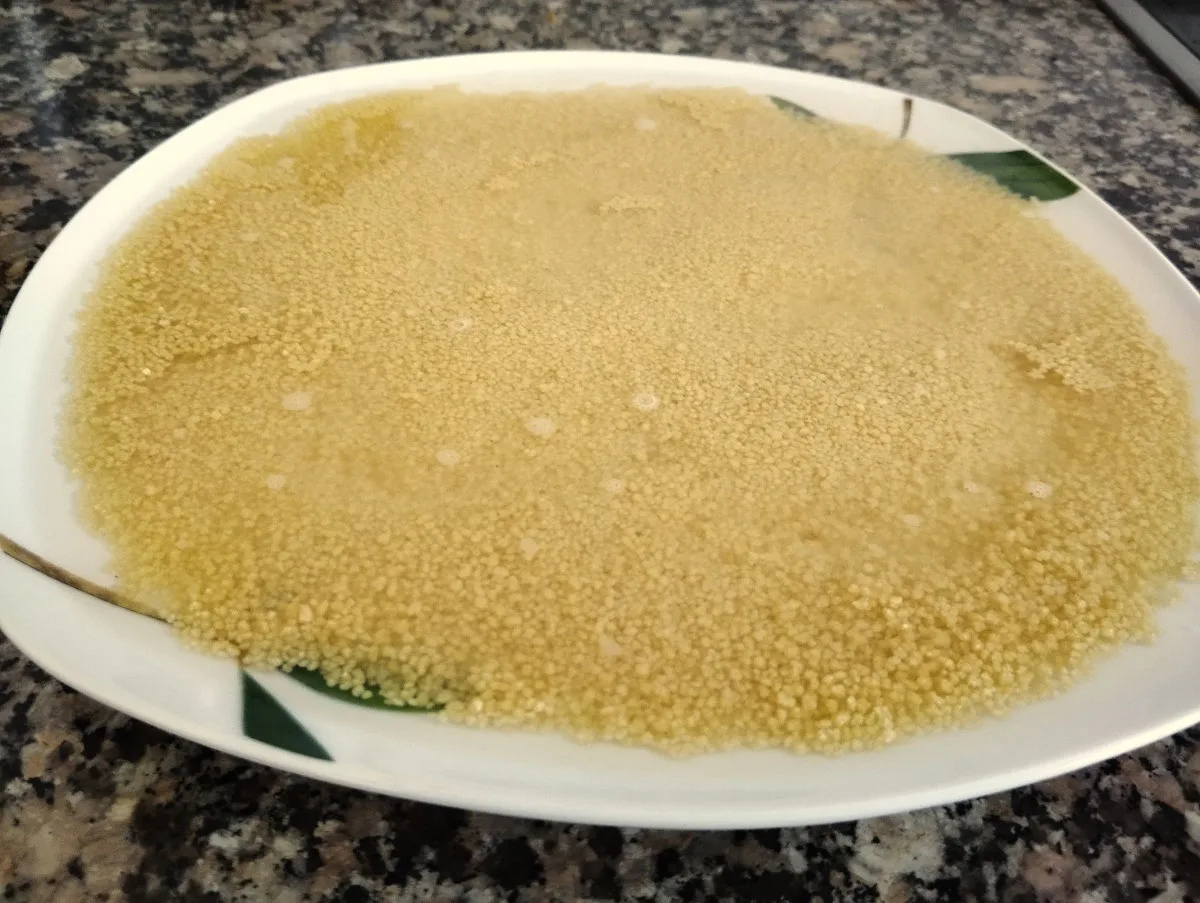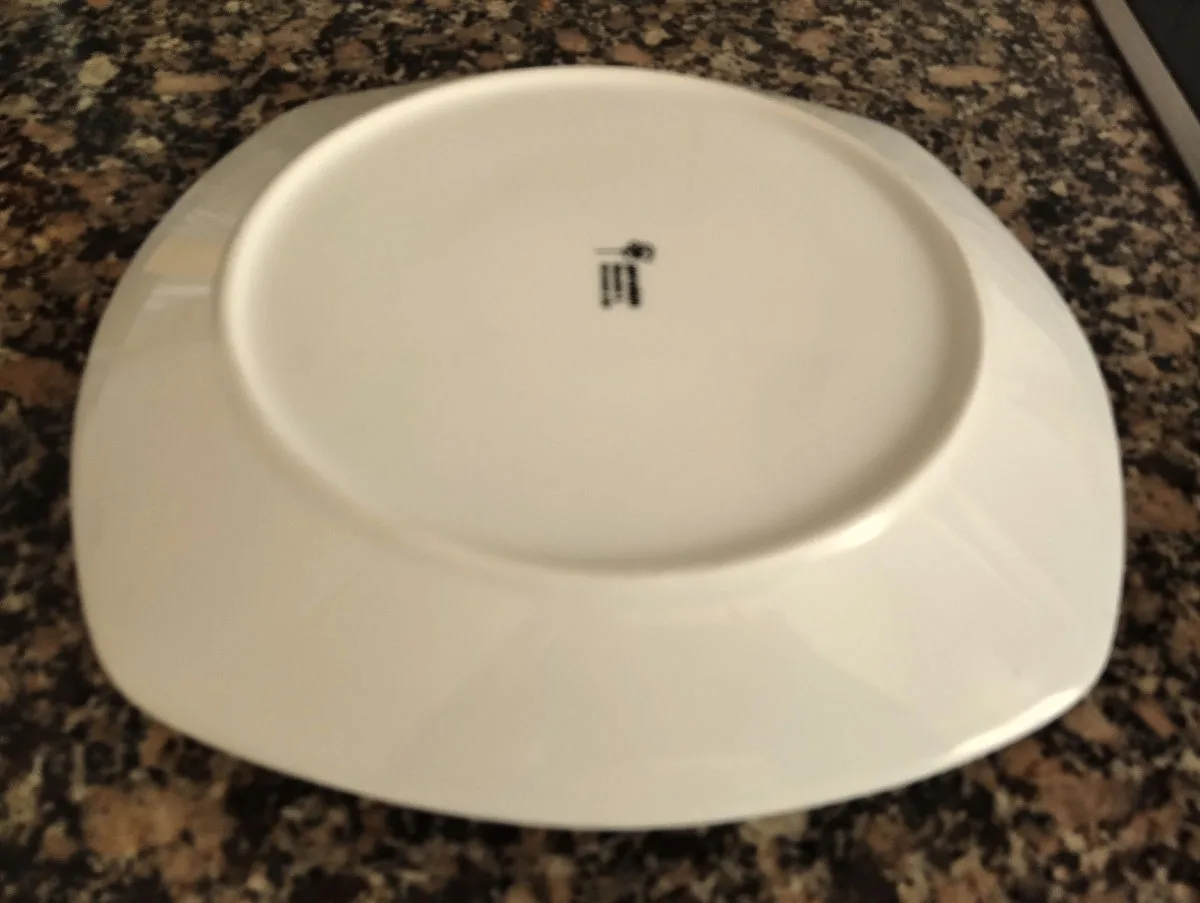Couscous is a grain that’s originally from North Africa but has found its way into kitchens all around the world. That’s because it’s ridiculously easy to cook, cheap, tasty, healthy, and so versatile it can literally go with just about anything. What more could you ask for?
Let’s explore the history, the different types, and nutritional benefits of couscous, then we’ll show you how to cook it in 5 minutes with just some boiling water and two plates.
Table of contents:
What is Couscous?
Couscous refers to a grain that’s made from semolina (coarsely ground durum wheat) and water, or to a dish. There are several types of couscous and when talking about couscous as a “dish,” there are hundreds if not thousands of variations.

Origin and History of Couscous
Couscous, known as the “national dish” of North Africa, has a rich history dating back over a thousand years. It’s believed to have originated in the Maghreb region of North Africa, which includes modern-day Algeria, Tunisia, and Morocco. Traditionally, couscous was handmade by skilled artisans, who would roll and shape it with their hands!
In recent years, couscous has gained popularity worldwide, and it’s not hard to see why. It’s not only easy to prepare but also offers a range of health benefits.
Nutritional Information
Couscous is a nutritious grain that’s low in fat, high in protein, and an excellent source of dietary fiber. It’s rich in vitamins and minerals, such as B vitamins, niacin, and folate. A single cup of cooked couscous provides around six grams of protein and two grams of fiber. It’s also a great source of complex carbohydrates, so provides sustained energy for your body.
Different Varieties of Couscous
When it comes to couscous, you have options. The most common varieties include Moroccan couscous, Lebanese couscous, and Israeli couscous. Each type varies in size and texture, and they can bring unique flavors to your dishes. Whether you’re making a salad, a side dish, or a main course, you can choose the type that best suits your recipe.
1. Moroccan Couscous
- Size and Texture: Moroccan couscous is the smallest among the three. It has a fine, light texture, often referred to as “couscous grains.”
- Production Method: Traditional Moroccan couscous is made by rolling and shaping semolina wheat with water. This time-consuming process results in tiny, round grains.
- Cooking Time: Moroccan couscous cooks quickly, typically requiring only a few minutes of steaming.
- Flavor: It has a slightly nutty and earthy flavor, making it an excellent choice for absorbing the flavors of stews and tagines.
2. Lebanese Couscous
- Size and Texture: Lebanese couscous is larger and has a distinct pearl-like appearance. Each grain is about the size of a small pea.
- Production Method: Lebanese couscous is rolled and shaped by hand, similar to Moroccan couscous, but the larger size sets it apart.
- Cooking Time: Due to its larger size, Lebanese couscous requires longer to cook, about 15-20 minutes. It should be tender but still slightly chewy.
- Flavor: It has a slightly chewier texture and a more substantial presence on the plate, making it great in salads and hearty dishes.
3. Israeli Couscous (Ptitim)
- Size and Texture: Israeli couscous, sometimes called “Pearl Couscous,” is the largest and has a round, pearl-like shape. The grains are about the size of small pearls or tapioca. But, technically it’s not a couscous, even though it shares the name.
- Production Method: Israeli couscous is toasted, which gives it a slightly nutty and toasted flavor. The toasting process gives it a unique texture. Even though couscous is in the name, it’s actually made from pasta and quite dissimilar from the original couscous.
- Cooking Time: Israeli couscous has a longer cooking time, typically around 10-12 minutes. It should be tender but still have a pleasant bite.
- Flavor: The toasting process gives Israeli couscous a distinct nutty flavor and a slightly chewy texture, making it an ideal choice for pilafs, salads, and dishes where it can stand out.
Which Type of Couscous to Use?
Ultimately, the choice is yours — and perhaps down to what you can easily find where you live. Moroccan couscous is typically the easiest to find, always the easiest to cook, and goes with a wider variety of dishes. But, certain couscous varieties work much better in some recipes than others.
How to Prepare Moroccan Couscous in 5 Minutes
Now we’re going to show you how to prepare couscous the easy way — Moroccan instant couscous that is, which is usually the most common variety found in supermarkets in the west. If you are cooking Lebanese or Israeli couscous, follow the instructions on your packet as it will require a different method from this.
Equipment
- 2 Plates (Equal size)
- Fork
Ingredients
- Couscous: 1 cup
- Boiling water: 1 cup
Method
- Bring 1 cup of water to a rolling boil.
- Place 1 cup of couscous on a plate. Couscous will double in volume when cooked, so ensure your plate or bowl is large enough to accommodate this.
- Pour the boiling water over the couscous, ensuring it’s evenly distributed. Then cover the plate with another plate so the plate on top is facing down.
- Let the couscous sit, covered, for about 5 minutes.
- After 5 minutes, remove the top plate and fluff the couscous with a fork. It should be light and fluffy. Your couscous is ready to serve or use in a recipe.




This is the most basic way of cooking couscous and is best if you’re going to use it in a recipe as it won’t have much flavor alone. You can now add it to a salad and mix in dressing or top it with some roasted veg, fish, or meat and sauce. If you just want to enjoy your couscous with another fairly plain item, then use stock instead of water to cook it and add some olive oil at the end of cooking.
Couscous Recipe Ideas
- Moroccan couscous with roasted veg and tahini dressing
- Lebanese couscous salad
- Israeli couscous salad

Leave a Reply